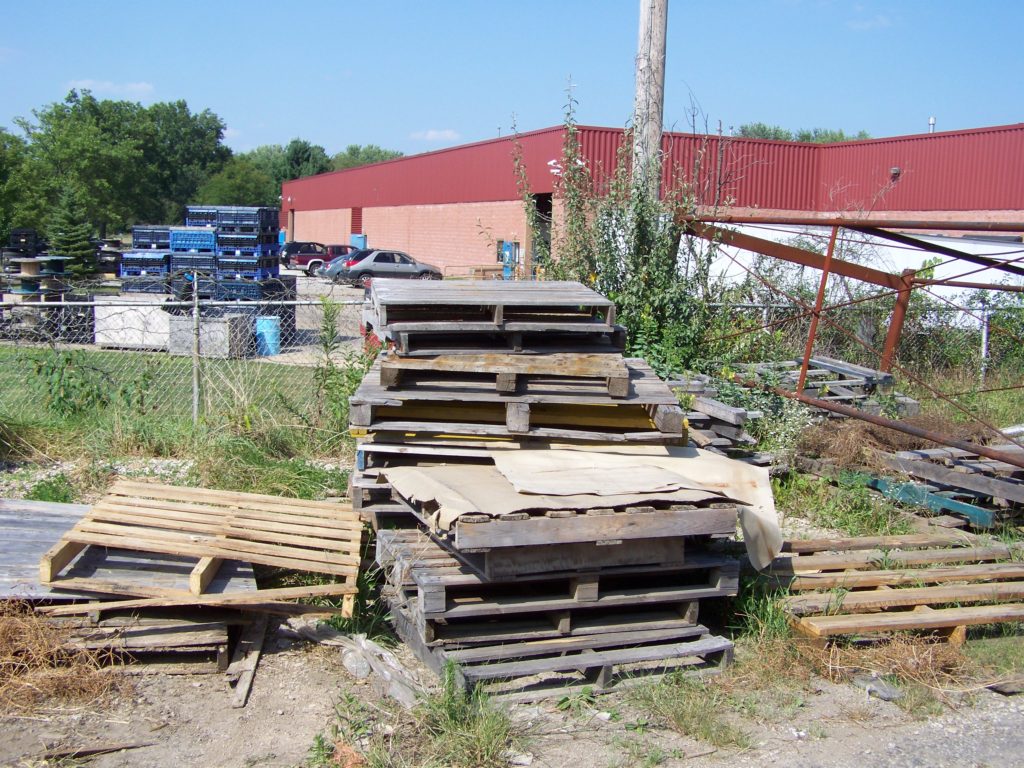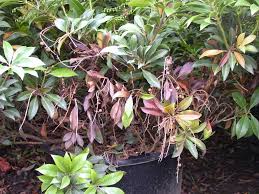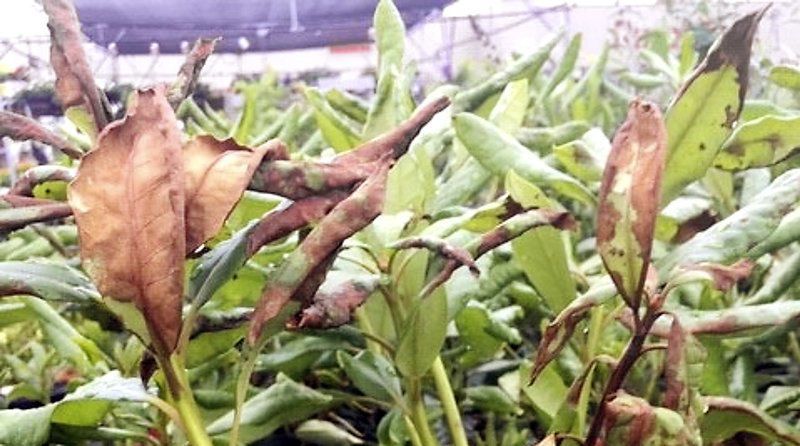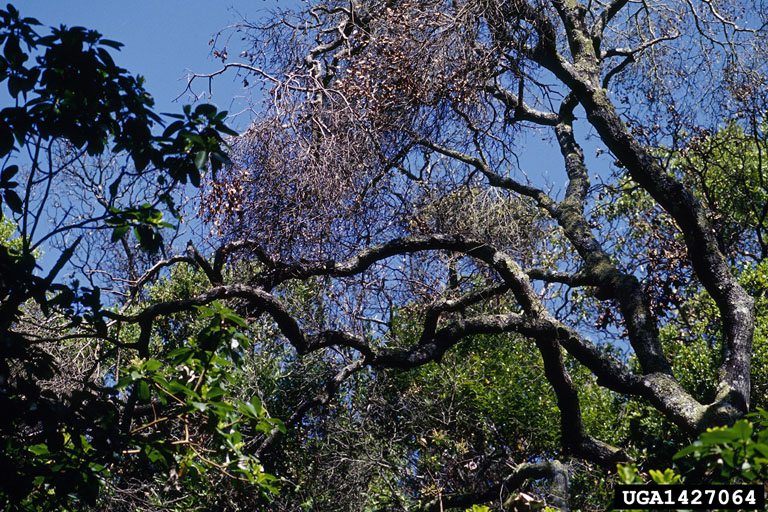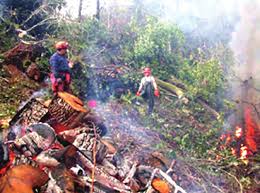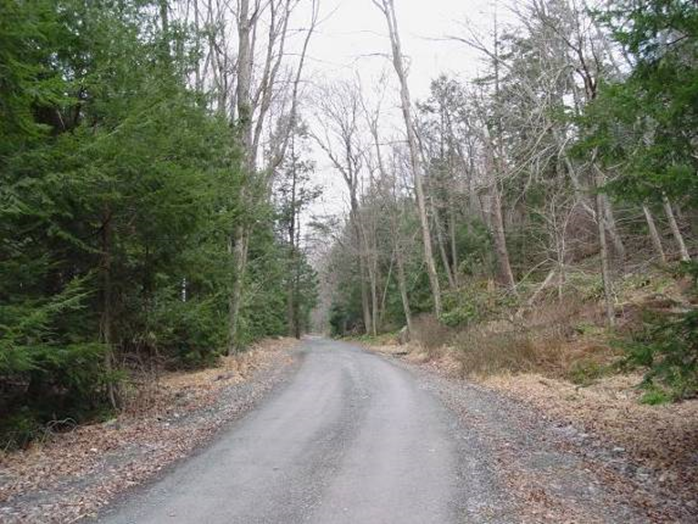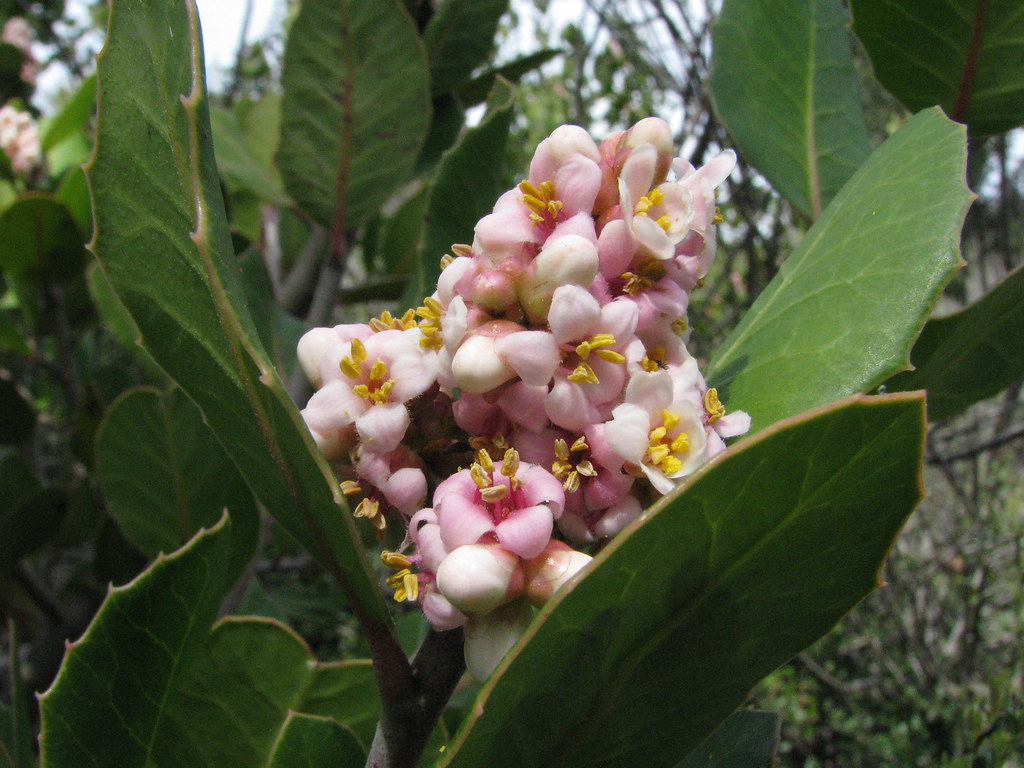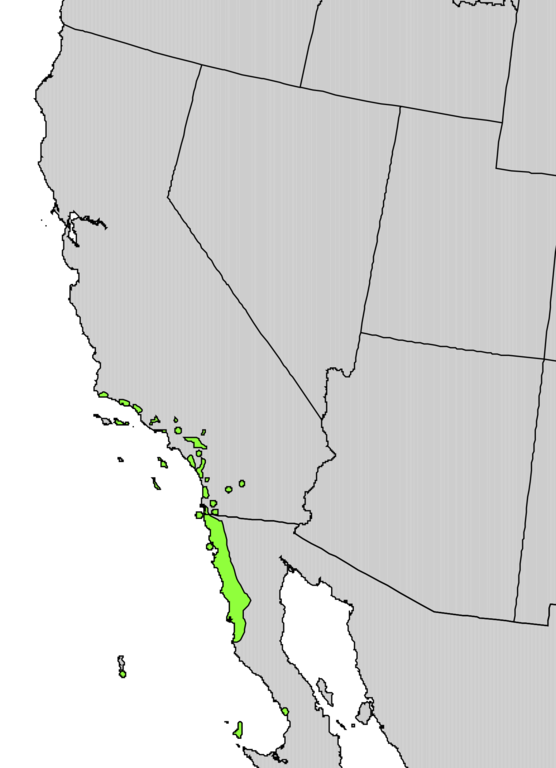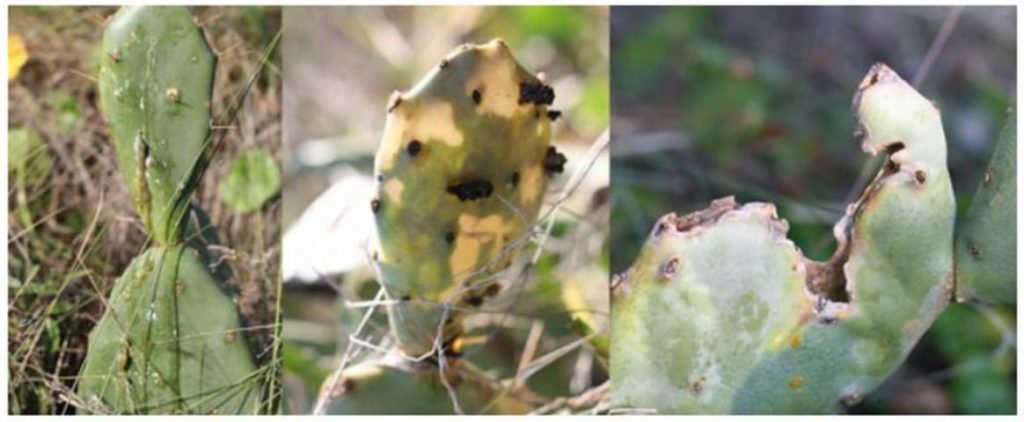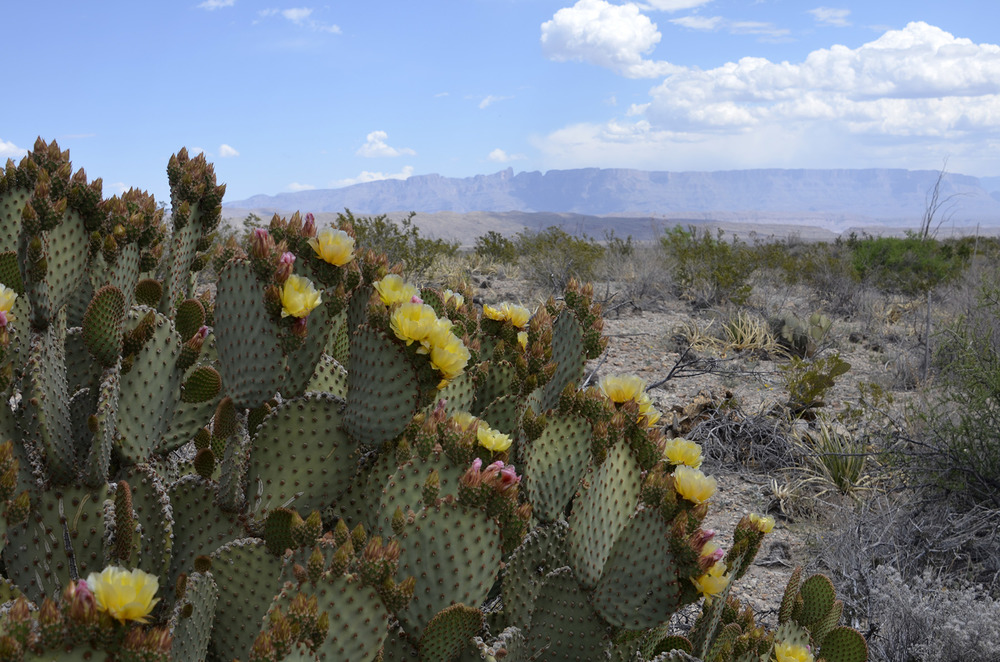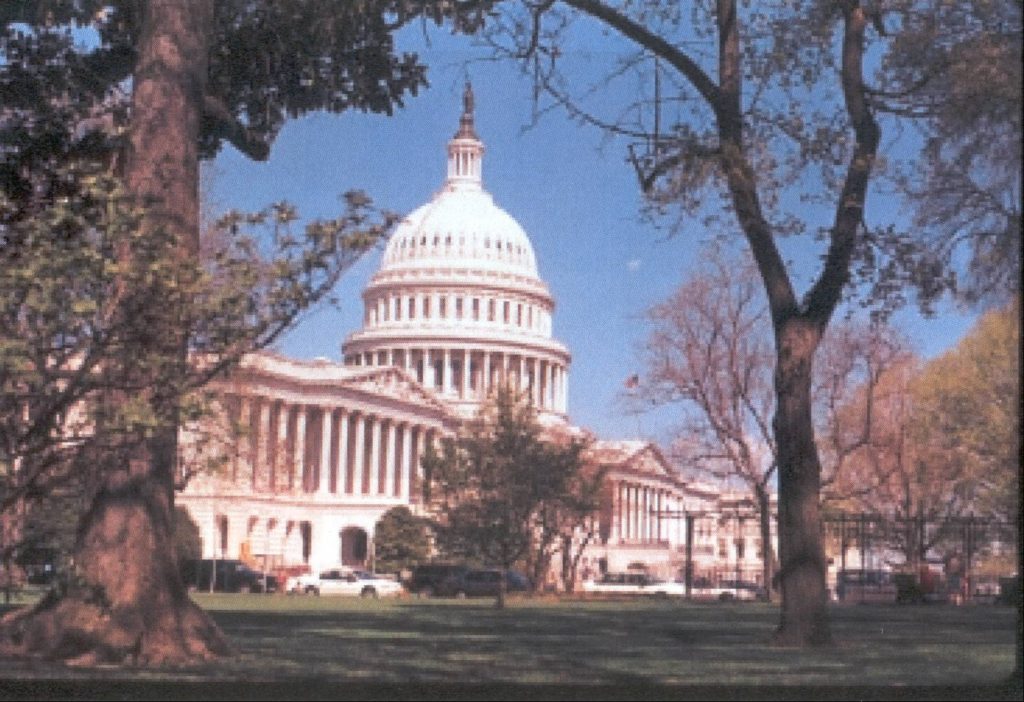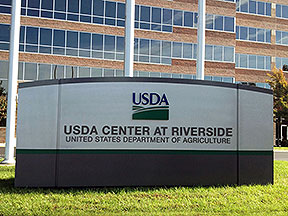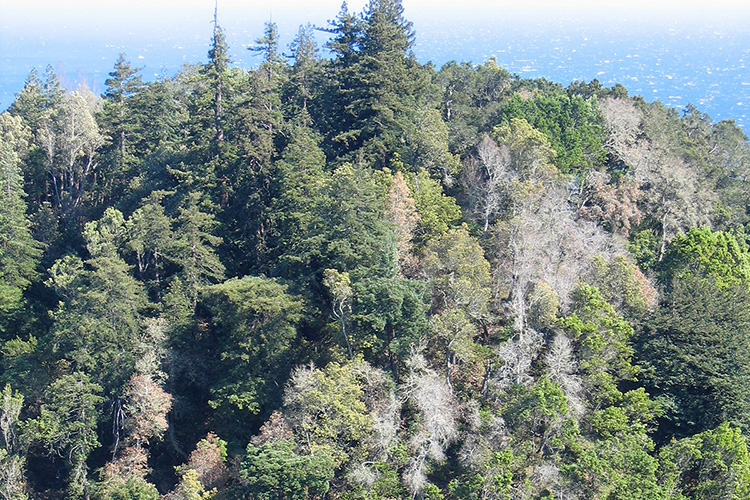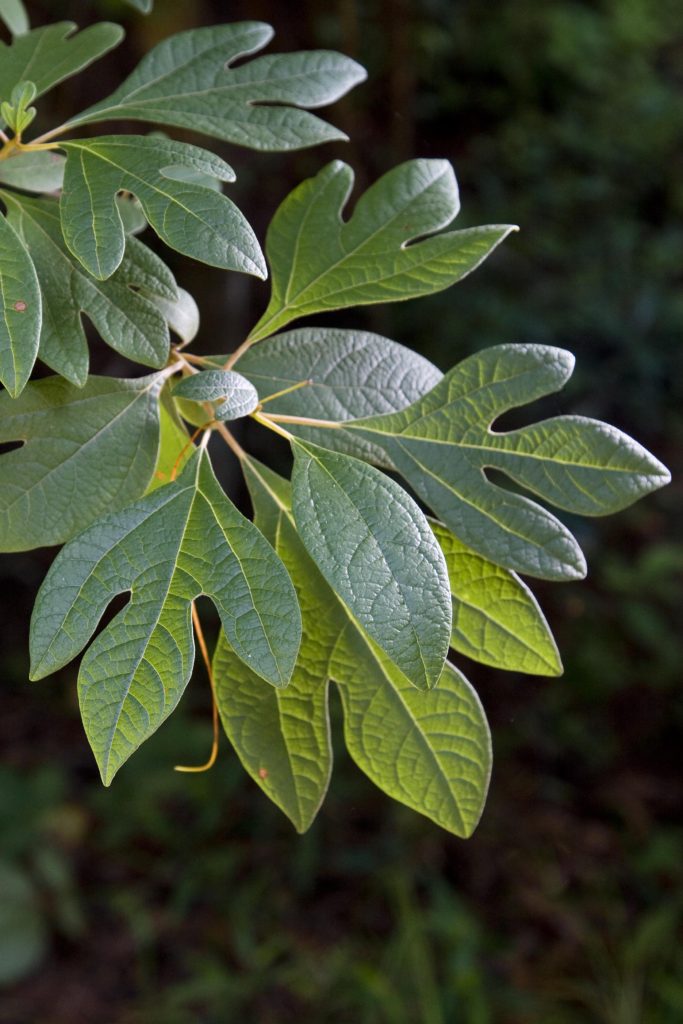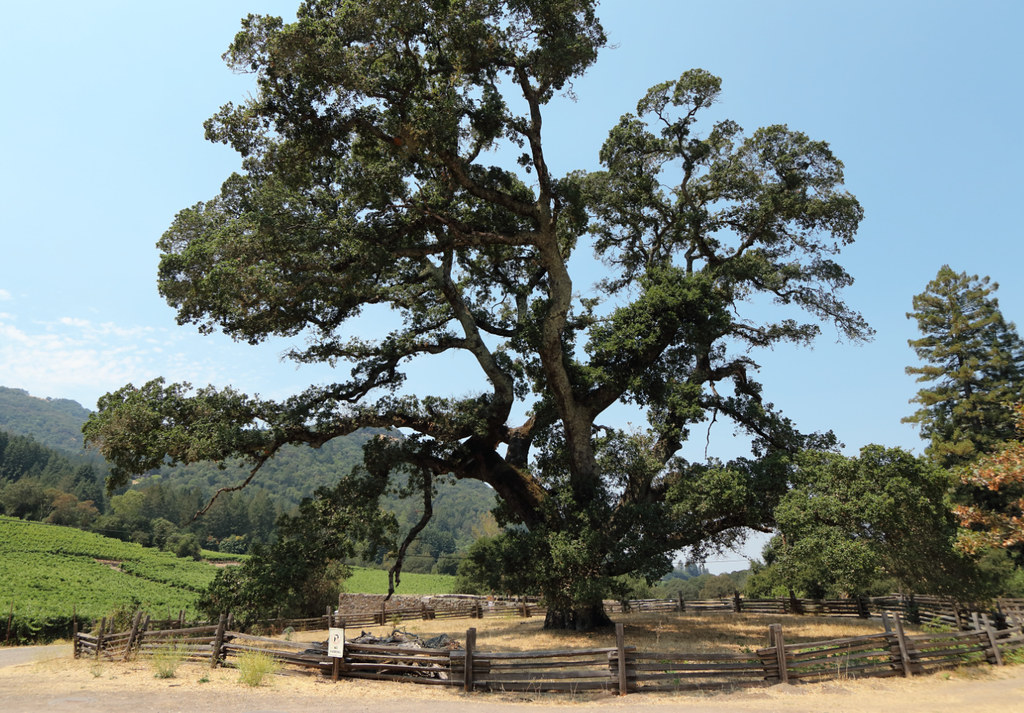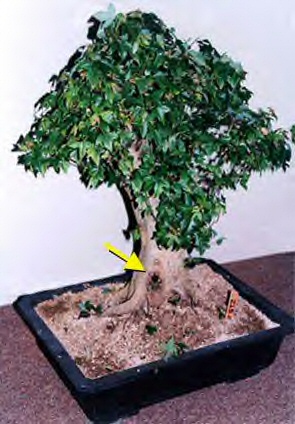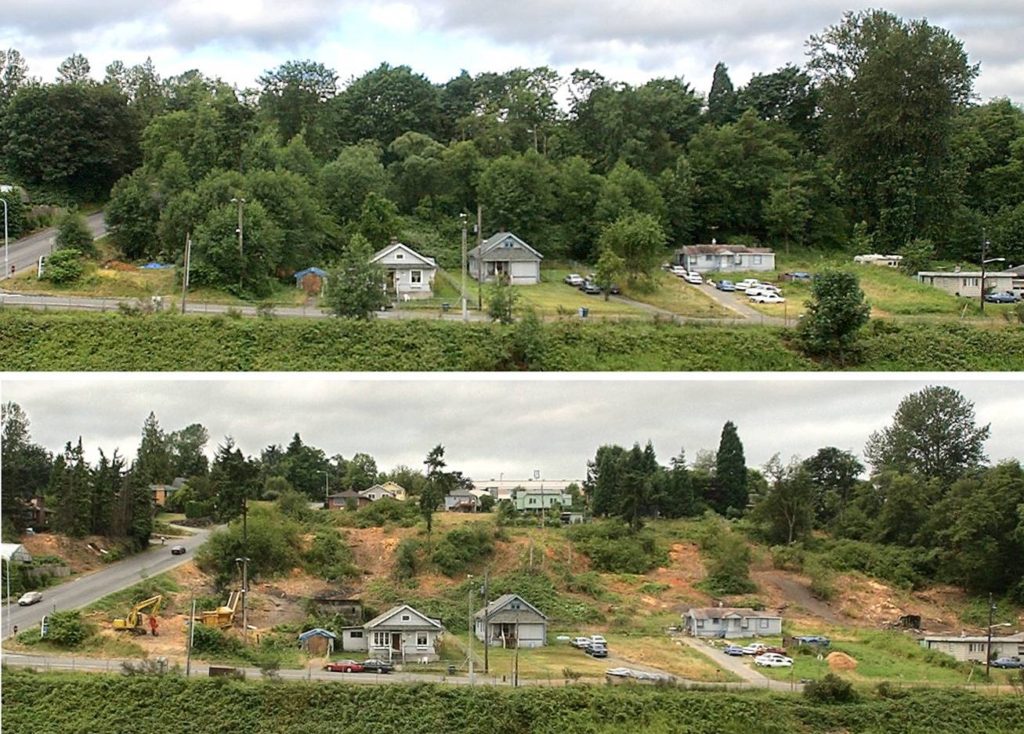photo by Oregon Department of Agriculture
Many highly damaging wood-borers have been introduced to North America in wood packaging.
One woodborer, a beetle in the Cerambycidae, has been introduced multiple times to the United States — both before and after implementation of ISPM#15, the international regulations designed to stop such introductions. This is the velvet longhorned beetle (VLB) (Trichoferus (=Hesperophanes) campestris). Independent scientists have recently documented how VLB is introduced and where it is established.
I first blogged about the VLB three years ago. At that time, I asked why APHIS had not undertaken a quarantine and other actions to contain or eradicate the beetle, which was clearly established in an orchard in Utah (Wu et al. 2020; full source citations appear at the end of the blog). Now, the VLB is established in three states and has been detected in many more (details below).
It appears that the VLB will not cause significant damage. I hope this proves true, because it is certainly travelling here on a regular basis. While the most detailed study of the VLB’s potential impact in North America is not yet complete, early indications are that the beetle attacks mostly dying or dead trees.
A Widespread and Adaptable Pest
The VLB is native to China, Central Asia, Japan, Korea, Mongolia, and Russia. It has also been recorded in several European countries. The risk of introduction is broader, however. VLB has established throughout the Middle East and Europe, as well as parts of South and Central America. U.S. officials have intercepted live VLB individuals in shipments originating from these introduced populations, i.e., Brazil, Italy, Mexico, and Spain (Ray et al. 2019).
Wu et al. (2020) studied the genetic diversity of VLB specimens collected by in the United States by 1) trapping at several locations and 2) by testing those intercepted in wood packaging at U.S. ports. The scientists found high levels of diversity between and even within each limited geographic population. These results indicate that VLB has been introduced numerous times via the wood packaging pathway. They also found some evidence that introduced VLB populations might be expanding so it is important to understand pathways of spread within the country (Wu et al. 2020).
Where VLB is in the United States
The VLB is now officially considered to be established in Cook and DuPage counties, IL; Salt Lake County, UT; and Milwaukee, WI. [Krishnankutty et al. 2020).
However, adults have been detected in 26 counties in 13 additional states, plus Puerto Rico, since 1992. Since a trapping survey for woodborers began in 1999, this joint federal and state Cooperative Agricultural Pest Survey (CAPS) has trapped VLB in Colorado (2013), Illinois (2009), New Jersey (2007, 2013), New York (2014, 2016–2018), Ohio (2009, 2017–2019), Pennsylvania (2016), Rhode Island (2006), and Utah (2010, 2012–2019). (Krishnankutty et al. 2020). Also, Oregon detected VLB in 2019 (Oregon Department of Agriculture 2019).
Interceptions in Wood Packaging
The velvet longhorned beetle has been detected frequently in wood packaging since at least the middle 1980s (when APHIS began recording interceptions) (Haack 2006). (Haack’s study covered 1985-2000, before implementation of the International Standard on Phytosanitary Measures (ISPM) #15.)
APHIS’ official interception database listed 60 separate interceptions of VLB in the more recent ten plus-year period June 1997 – November 2017 – which overlaps pre- and post-implementation of ISPM#15. Eighty-eight percent of these interceptions were in wood packaging. Seven percent were in wood products. The remaining seven percent were in passenger baggage or unidentified products.
As has been the case generally since ISPM#15 was adopted, a high percentage — 65.4% — of the intercepted wood packaging during this period bore the mark certifying compliance with the ISPM#15 treatment requirements. Unsurprisingly, China was the origin of 81.6% of the intercepted shipments infested by pests (Krishnankutty et al. 2020).
In the most recent data studied, all from the period after implementation of ISPM#15 — 2012 – 2017, 28 VLB were found in analyses of a sample of wood packaging (Nadel et al. 2017). (I will discuss this study and other detection tools in a separate blog.)
In agreement with earlier findings, the most high-risk imports were determined to be wood packaging for stone, cement, ceramic tile, metal, machinery, manufactured wood products (furniture, decorative items, new pallets, etc.), and wood-processing facilities (Krishnankutty et al. 2020).
These findings largely confirm what we already know about the wood packaging pathway and high levels of non-compliance with ISPM#15 by Chinese shippers. What is APHIS going to do about this well-documented problem? APHIS certainly shouldn’t ignore these findings on the grounds that this particular wood-borer is less damaging than many others. Any chink in our phytosanitary programs that allows transport and entry of VLB can – does! – allow introduction of other woodborers.
The VLB also has been found in rustic furniture – often after the furniture has been sold to consumers. I discussed a 2016 example of this pathways in my February 2017 blog. Krishnankutty et al. (2020) suggest other possible pathways are wooden decorative items and nursery stock, particularly penjing (artificially dwarfed trees and shrubs).
Krishnankutty et al. (2020) note the importance of proper disposal of wood packaging once the cargo reaches its destination. Have any state phytosanitary officials enacted regulations targetting this source of invaders?
The Risk to North America’s Forests Is Unknown
A climate-based model described in Krishnankutty et al. (2020) suggests that climate appears to be suitable for VLB across much of the continental United States, northern Mexico, and southern Canada. Only Florida, southern Texas, and high elevation and coastal regions of the western United States and Mexico states are unlikely to support the velvet longhorned beetle, based on climate. (The study did not consider whether host trees would be present.)
Asian and European sources list a broad host range consisting of at least 40 genera of conifers, hardwoods, and fruit trees (Krishnankutty et al. 2020). Still, as noted above, new studies seem to indicate a minimal impact on healthy trees in North America. Indeed, the principal Utah outbreak is in an orchard littered with pruned material.
With so many suitable hosts across so much of the country, the potential for damage is frightening.
Setting Priorities for Surveillance
The availability of data on both port interceptions and multiple detected outbreaks provides an opportunity to test procedures for carrying out early detection surveys. Improving the efficacy of early detection is critical since – as Wu et al. (2020) note – — the majority of infesting larvae would probably not be intercepted and would subsequently be transported to the cargo’s intended destinations. This is despite CBP’s best efforts to target inspection of wood packaging shipments based on shippers’ histories of non-compliance, targeting that I strongly support.
In response to this concern, Krishnankutty et al. (2020) analyzed pathways of introduction – 1) the types of imports associated with VLB-infested wood packaging, 2) ports where the beetle has been detected in recent years, plus 3) the presence and calculated probable volume of imports of types of commercial operations considered likely to transport the beetle. These included wholesale and retail sellers of products known to be risky and businesses involved with wood fuel processing, log hauling, logging, and milling of saw lumber (Krishnankutty et al. 2020).
They could test the value of this approach by comparing the calculated “intended destination counties” declared at import to actual detections of T. campestris. VLB was detected (by CAPS or other surveys) in either the same or a neighboring county for 40% of the intended destination counties.
This seems to be a high introduction rate; detections will probably rise now that a species-specific lure is available. What could this mean for the establishment rate? Is anyone going to repeat the comparisons to track such changes? Unfortunately, we lack sufficient data to compare the VLB establishment rate (whatever it turns out to be) to the rate for other wood-borers.
Focusing on their original intentions, Krishnankutty and colleagues considered the 40% correlation between intended destinations and VLB detections to be sufficiently rewarding to be one basis for setting priorities for surveys (Krishnankutty et al. 2020).
Krishnankutty et al. (2020) say that recognition of three established populations and widespread destinations of potentially infested wood packaging to climatically suitable areas points to the need to determine whether additional populations are already established – or might soon become so. I add this need is further supported by the frequent detections of low numbers of the VLB in at least seven other states (see above). They call for enhanced surveillance to determine where the VLB is.
Improved surveillance is now facilitated by Dr. Ann Ray’s identification of a specific pheromone that can be synthesized in a lab and used to lure VLB to traps. The pheromone is much more effective in attracting VLB than previous food-like lures used by CAPS as general-purpose attractants for wood-boring insects.APHIS had provided about $50,000 over four years from the Plant Pest and Disease Management and Disaster Prevention program (which receives funding through the Farm Bill) to Dr. Ray’s search for the species-specific pheromone.
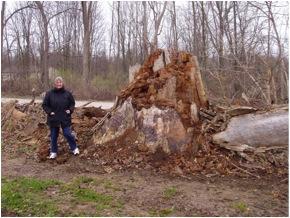
dead champion green ash in Michigan
I will discuss detection efforts in a separate blog.
SOURCES
Bullas-Appleton, E., T. Kimoto, J.J. Turgeon. 2014. Discovery of Trichoferus campestris (Coleoptera: Cerambycidae) in Ontario, Canada and first host record in North America. Can. Entomol. 146: 111–116 (2014).
Haack, R. A. 2006. Exotic bark- and wood-boring Coleoptera in the United States: recent establishments and interceptions. Can. J. For. Res. 36: 269–288.
Krishnankutty, S.M., K. Bigsby, J. Hastings, Y. Takeuchi, Y. Wu, S.W. Lingafelter, H. Nadel, S.W. Myers, and A.M. Ray. 2020. Predicting Establishment Potential of an Invasive Wood-Boring Beetle, Trichoferus campestris (Coleoptera:) in the United States. Annals of the Entomological Society of America, XX(X), 2020, 1–12
Nadel, H. S. Meyers, J. Molongoski, Y. Wu, S. Lingafelter, A. Ray, S. Krishnankutty, A. Taylor. 2017. Identification of Port Interceptions in Wood Packing Material Cumulative Progress Report, April 2012 – June 2017
Oregon Department of Agriculture, Plant Protection & Conservation Programs. 2019. Annual Report 2019.
Ray, A.M., J. Francese, Y. Zou, K. Watson, D.J Crook, and J.G. Millar. 2019. Isolation and identification of a male-produced aggregation sex pheromone for the velvet longhorned beetle, Trichoferus campestris. Scientific Reports 2019. 9:4459. https://doi.org/10.1038/s41598-019-41047-x
Wu, Y., S.M. Krishnankutty, K.A. Vieira, B. Wang. 2020. Invasion of Trichoferus campestris (Coleoptera: Cerambycidae) into the United States characterized by high levels of genetic diversity and recurrent intros. Biological Invasions Volume 22, pages1309–1323(2020)
Posted by Faith Campbell
We welcome comments that supplement or correct factual information, suggest new approaches, or promote thoughtful consideration. We post comments that disagree with us — but not those we judge to be not civil or inflammatory.

